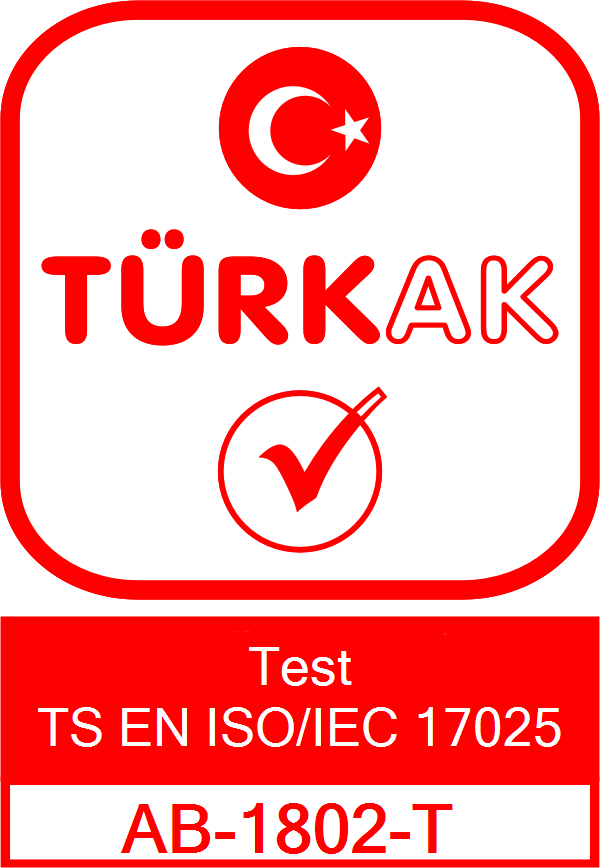Poly Aromatic Hydrocarbons (PAHs)
Poly Aromatic Hydrocarbons (PAHs) are large, polycyclic organic molecules that are usually formed during combustion or the processing of fossil fuels. PAHs can be found in air pollution, industrial waste, and some plastic and rubber products. Some of the PAHs are known to be carcinogenic, so their presence is a major concern, especially in children's products.
The concern for PAHs in toys stems from the fact that children may put these toys in their mouths, come in contact with their skin for a long time, and be exposed to PAHs in this way.
**PAH Test in Toys:**
1. **Sample Preparation**: A sample is taken from the toy to be tested. Often this can be a small piece from the toy or a rubber/plastic component.
2. **Extraction**: The sample is soaked in a specific solvent to dissolve the PAHs. This allows PAHs to be extracted from the material.
3. **Analysis**: Extracted PAHs are usually analyzed by high performance liquid chromatography (HPLC) or gas chromatography-mass spectrometry (GC-MS). These devices can detect the types and amounts of PAHs in the sample.
4. **Evaluation of Results**: The results obtained are compared with the established limitations or standards. If the PAH content is above the specified limit, the toy or product is not considered safe.
Many countries have strict regulations for PAH content in toys and baby care products. Toy manufacturers and distributors must keep their PAH content below specified limits and regularly test their products.
If a toy or baby care product exceeds established PAH limits, it may be banned from being placed on the market. Therefore, manufacturers should have such tests done before putting their products on the market.

